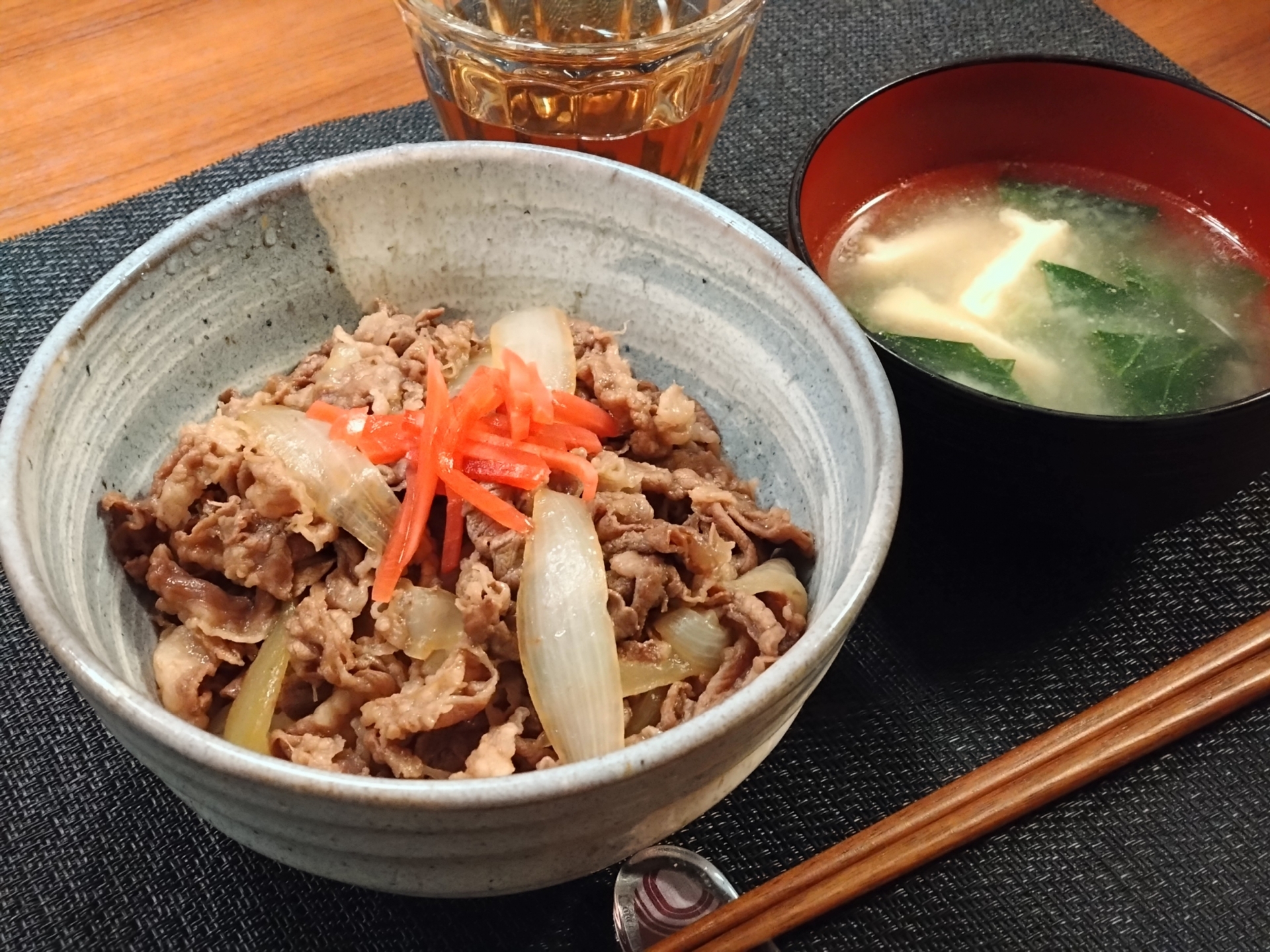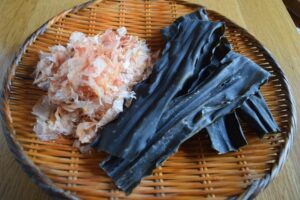Gyudon, or Japanese beef bowl, is one of Japan’s most iconic comfort foods. With tender beef simmered in a flavorful soy-based sauce and served over steamed rice, gyudon is quick, satisfying, and surprisingly easy to make at home. In this guide, we’ll walk you through everything from choosing the right beef to preparing the perfect sauce—plus alternative versions like vegan gyudon and tips for meal prep.
What Is Gyudon?
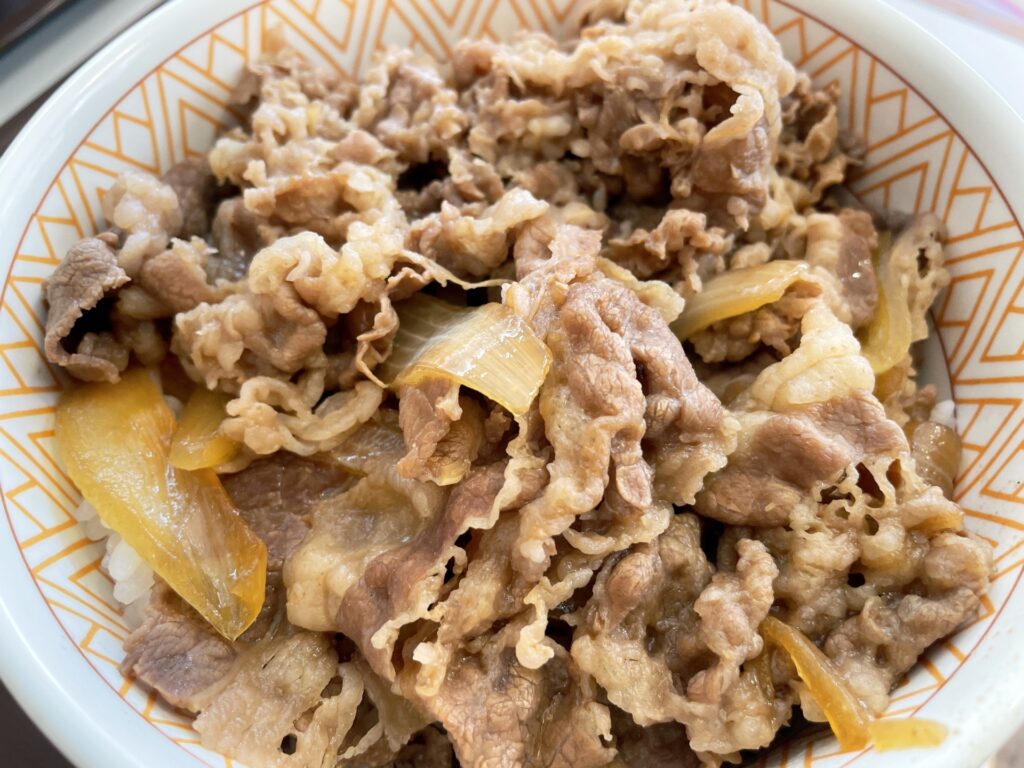
Gyudon (牛並), or Japanese beef bowl, is a beloved comfort food in Japan consisting of thinly sliced beef simmered in a sweet and savory sauce, served over a bed of hot steamed rice. Popularized by fast-food chains like Yoshinoya, Sukiya, and Matsuya, gyudon is appreciated for its satisfying taste and quick preparation. Unlike sukiyaki, which is often a communal dish cooked at the table with a thicker sauce and vegetables, gyudon is a simpler, individual-serving meal. Compared to teriyaki beef, gyudon features a lighter sauce with dashi stock and a more delicate balance of sweet and umami flavors, making it ideal for a quick lunch or dinner. Gyudon reflects the Japanese culinary philosophy of combining minimal ingredients with maximal flavor and has earned its place in homes and restaurants alike.
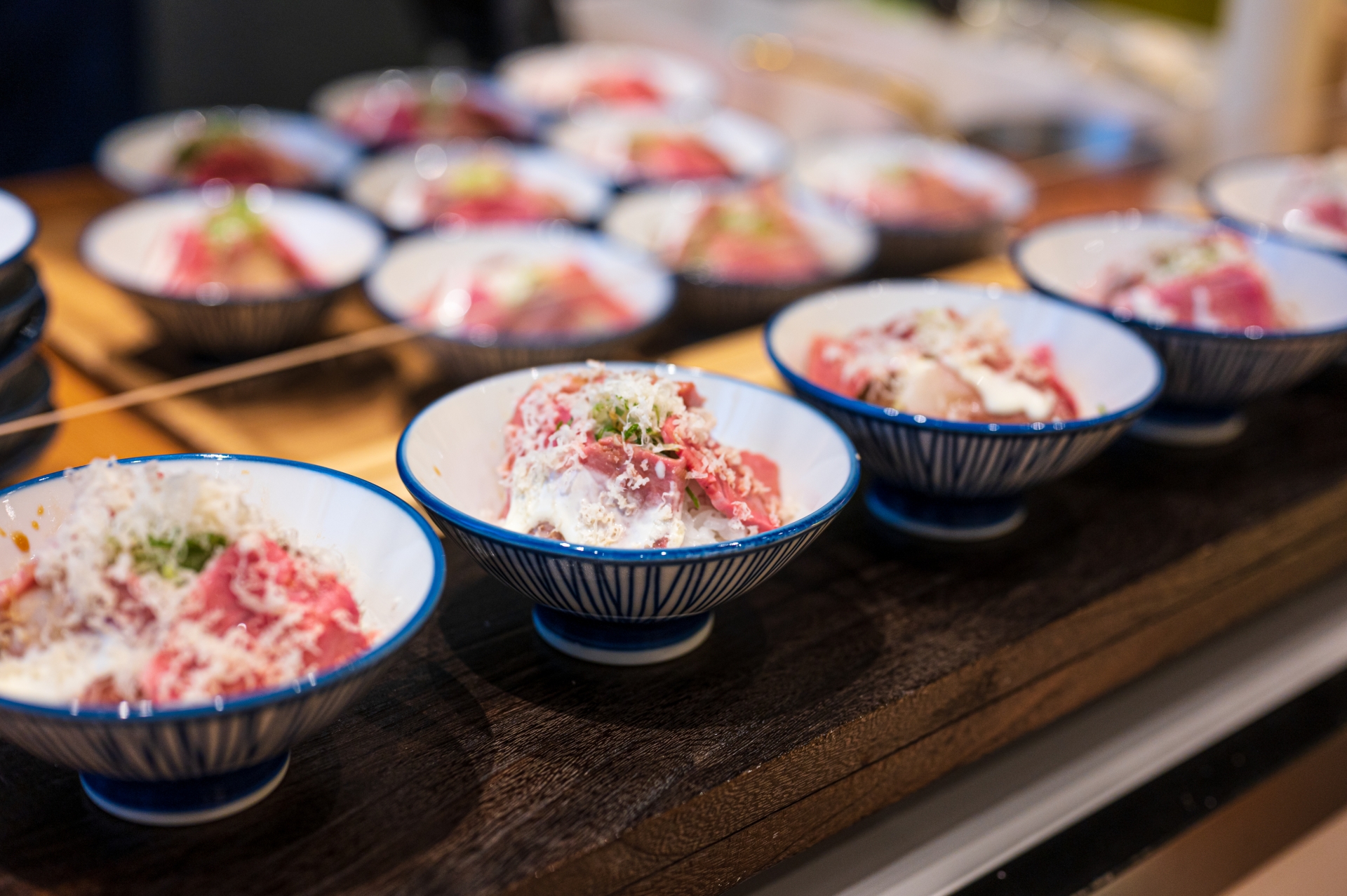
Ingredients for Gyudon

To create a truly authentic gyudon, you’ll need a handful of essential ingredients:
- Thinly sliced beef: Ribeye or chuck are ideal for their marbling and tenderness.
- Onion: Adds sweetness and depth to the broth.
- Soy sauce: The salty umami base of the gyudon sauce.
- Mirin: A sweet rice wine that balances the saltiness.
- Sake: Adds a mild acidity and aroma.
- Sugar: Enhances the overall sweetness.
- Dashi: A Japanese soup stock that delivers rich umami.
- Cooked Japanese rice: Short-grain rice that holds sauce well.
Substitutions:
- No mirin? Use a mix of sugar and water or apple juice.
- No sake? Use dry sherry or water with a dash of vinegar.
- For a vegan version, use tofu or mushrooms, vegetable broth instead of dashi, and coconut sugar.

Choosing the Right Beef
Thin, marbled beef is key for an authentic gyudon. Ribeye offers excellent tenderness and flavor due to its fat content, while chuck provides a more budget-friendly option with good texture. Look for pre-sliced beef labeled as “shabu-shabu” or “sukiyaki” cuts at Asian grocery stores. If slicing at home, partially freeze the beef for about 30 minutes to make thin slicing easier.
Vegan or Dietary Alternatives
For plant-based eaters or those avoiding alcohol, gyudon can still be deeply flavorful. Use extra-firm tofu, shiitake mushrooms, or king oyster mushrooms as the protein base. Replace dashi with kombu-mushroom broth, soy sauce with tamari for gluten-free diets, and coconut sugar as a natural sweetener. Add a dash of liquid smoke or nutritional yeast to enhance umami in meatless versions.
How to Make Gyudon (Step-by-Step)
Step 1: Prep the Ingredients
- Thinly slice beef and onions.
- Prepare rice in advance.
Step 2: Make the Sauce
- In a medium saucepan, combine 1 cup dashi, 3 tbsp soy sauce, 2 tbsp mirin, 2 tbsp sake, and 1 tbsp sugar. Bring to a gentle simmer.
Step 3: Cook the Onions and Beef
- Add onions and cook until soft (about 3-4 minutes).
- Add beef and simmer for another 3-4 minutes until cooked through.
Step 4: Assemble the Bowl
- Place hot rice in a bowl, top with beef and onions, then pour a bit of the sauce over the top.
Prep time: 10 minutes
Cook time: 10 minutes
Total: 20 minutes
Quick Version for Busy Cooks
Need dinner fast? Use pre-sliced beef, store-bought tsuyu (noodle soup base), and microwaveable rice. Simmer beef and onions in diluted tsuyu, and assemble as usual. This shortcut delivers satisfying results in under 15 minutes without compromising flavor.
Gyudon in Instant Pot or Slow Cooker
To use an Instant Pot, sauté onions with sauce ingredients using the “Sauté” function, then add beef and switch to “Pressure Cook” for 5 minutes. Let naturally release for 5 minutes before serving. In a slow cooker, combine all ingredients and cook on low for 3-4 hours. The result: ultra-tender beef with intensified flavor, perfect for batch cooking.
Serving Suggestions and Toppings
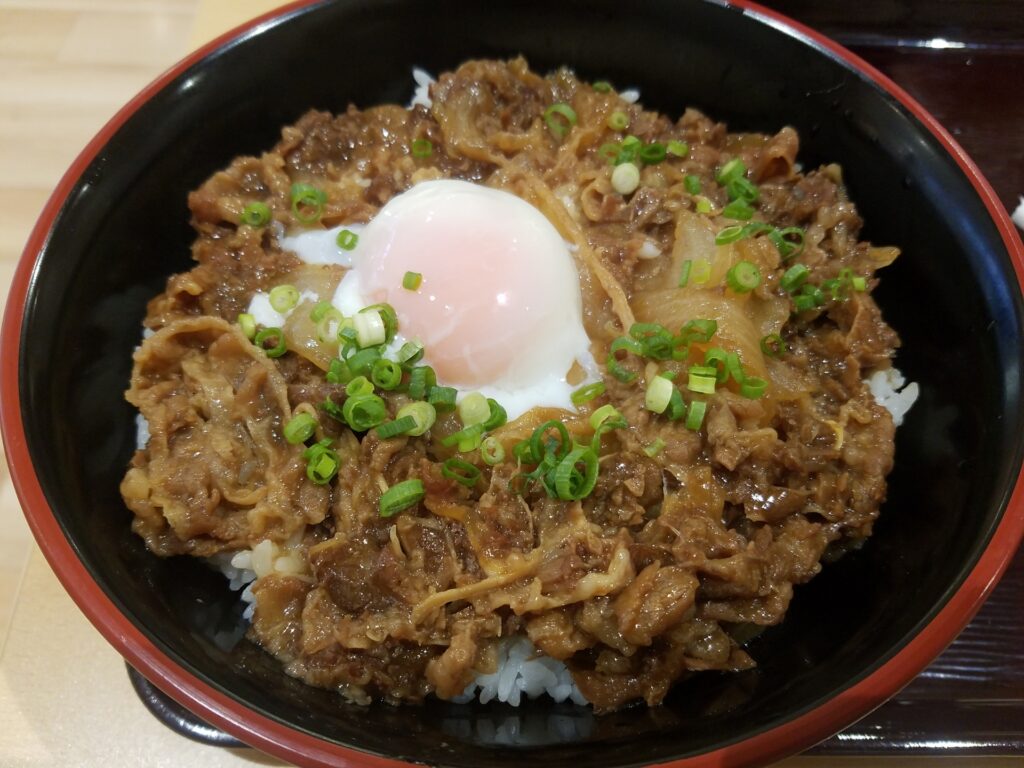
Elevate your gyudon with authentic toppings:
- Raw egg yolk or onsen tamago (soft-cooked egg)
- Pickled red ginger (beni shoga) for acidity and color
- Chopped green onions for freshness
- Sesame seeds for nuttiness
- Shichimi togarashi or chili oil for a spicy kick
For a restaurant-style presentation, use deep bowls, neatly arrange beef and onions, and garnish symmetrically. Serve with miso soup or a side salad for a complete Japanese meal experience.
How to Store and Meal Prep Gyudon
Gyudon is perfect for make-ahead meals. Store the beef and onion mixture separately from the rice in airtight containers. Refrigerate for 1–2 days or freeze for 2–4 weeks. Reheat in the microwave or on the stovetop with a splash of water or sauce to retain moisture. Avoid overcooking during reheating to preserve texture.
Common Questions About Gyudon
What is gyudon sauce made of?
Gyudon sauce typically includes soy sauce, mirin, sake, sugar, and dashi stock.
What cut of beef is best for gyudon?
Ribeye and chuck are ideal for their balance of tenderness and fat. Thinly sliced shabu-shabu beef is best.
What is the difference between gyudon and sukiyaki?
Sukiyaki is a hot pot dish cooked at the table with a thicker, sweeter sauce and more vegetables. Gyudon is simpler and quicker.
Can I use other meats for gyudon?
Yes. Try thinly sliced pork or even chicken for a different flavor profile.
How do I make gyudon without mirin or sake?
Substitute mirin with sugar and water or apple juice. Replace sake with water plus a splash of rice vinegar.
Related Japanese Rice Bowl Recipes
Love gyudon? Try these similar dishes:
- Oyakodon: Chicken and egg over rice, cooked in a dashi-based broth.
- Katsudon: Breaded pork cutlet with egg and onion simmered in sweet sauce.
- Teriyaki Beef Bowl: Grilled beef in a thick sweet soy glaze over rice. These dishes offer a glimpse into the rich world of Japanese donburi (rice bowl) cuisine.

Conclusion
Gyudon is a delicious, comforting, and versatile dish that brings the taste of Japan right into your kitchen. Whether you stick with the classic version, opt for a quick weeknight meal, or explore vegan adaptations, gyudon is sure to satisfy. Top it with your favorite garnishes, experiment with alternative proteins, and don’t forget to share your culinary creations in the comments below!

